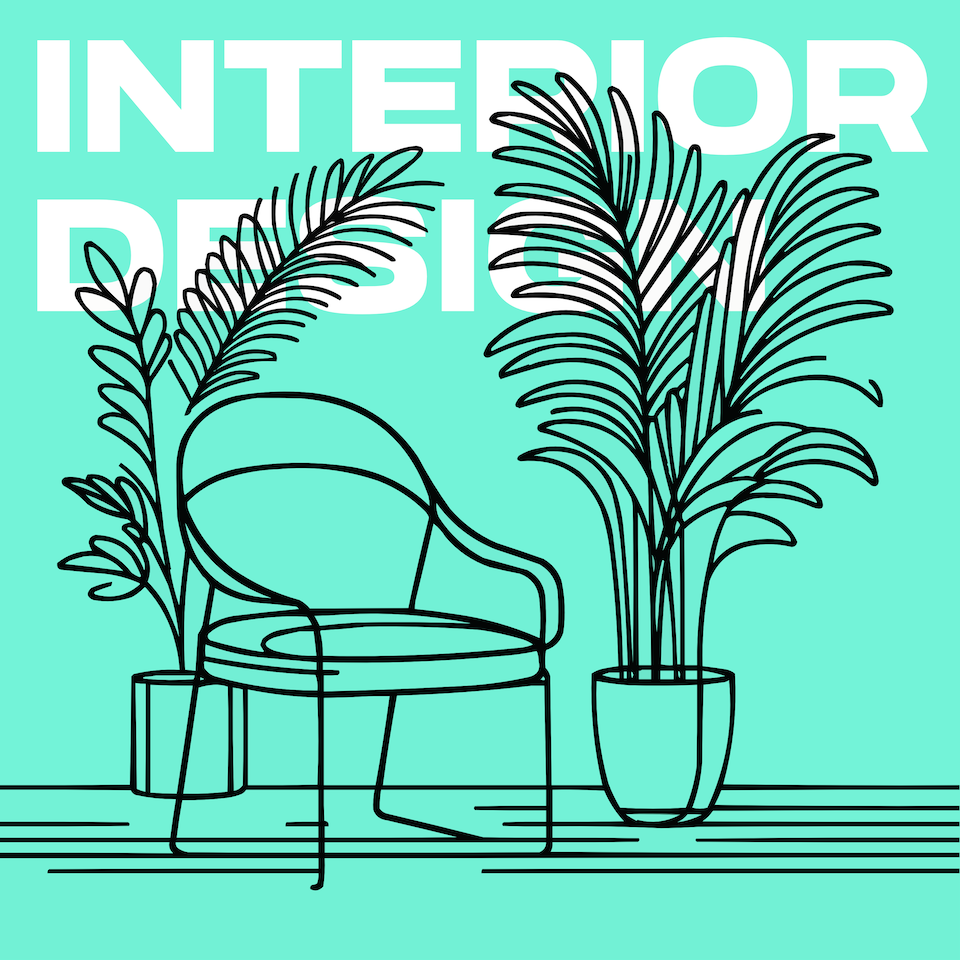The Dance of Movement in Design
Hello, lovely listeners, and welcome back to another episode of "Interior Design for Beginners!" Today we are diving into the world of "The Dance of Movement in Design." Movement, you say? Yes, you heard right. This isn’t about getting your groove on in the living room (though we fully support that too). Today, we're exploring how the illusion of motion can dramatically transform static spaces into dynamic experiences. Let’s start with a simple question: Have you ever entered a room and felt immediately drawn towards a particular area? Perhaps it was the way the furniture was arranged, or maybe the strategic use of line and form that gently guided your eyes and footsteps. That, my friends, is the power of visual movement - elegantly choreographed by the principles of interior design to elevate the experience within a space. Principle number one in the dance of dynamics is directionality. Horizontal lines suggest calmness and stability, while vertical lines reach upwards, evoking a sense of freedom and expansiveness. Diagonal lines, on the other hand, suggest dynamic movement, urging the eye to travel along them. A room that masterfully combines these elements can guide the viewer through the space, creating a narrative that begins at the door and ends in the comfort of a plush, inviting chair. Now onto rhythm - this principle plays with repetition to create a visual cadence that mimics the flow of music. Rhythm can be achieved through the consistent use of color, texture, or pattern. It’s like a visual echo that reassures and delights the eye as it moves through the room. Think of it as a breadcrumbs trail, each element subtly nodding towards the next discovery. Contrast is the spark that fuels the dance of movement. By strategically placing opposites next to each other - dark versus light, smooth versus textured, curved versus angular - you create focal points that attract the eye and generate movement. It’s the visual tension and release that makes the space come alive. And lastly, progression. This principle involves a gradual change in an element. Whether it's a series of candlesticks that increase in size, a gradation of color, or even a collection of artworks that tell a story, progression leads the eye and the sense of curiosity through the space. The magic of infusing movement into your design isn't just about making a space look good; it's about creating an experience. It’s about turning a static room into a journey for the senses - one that invites exploration and evokes emotion. So, how can you begin to incorporate these principles into your space? Start small. Experiment with arranging your decor items in a way that creates rhythm or directionality. Play with contrast and see how it changes the focus points in your room. And remember, like any good dance, it takes a bit of practice to find the perfect flow. There you have it, the magic behind the movement in interior design. Until next time, keep experimenting, and don’t be afraid to let your space move you, both metaphorically and literally. Thank you for tuning into "Interior Design for Beginners," and we can’t wait to walk you through another design journey in our next episode. Goodbye for now, and remember, your home is the canvas of your life's design. Make it beautiful, make it you.
Brought to you by Room AI
